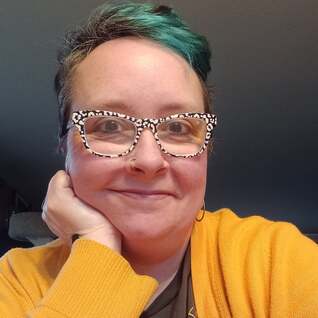 Who am I and what do I bring to this work? I'm Crystal (she/her), I'm an artist, listener, and community builder. I've been a peer group facilitator for almost 10 years, supporting people through many of life's transitions through group work. Many of the tools I bring to group work were developed through my own mental health journey and through deconstruction of 30 years inside Christian evangelical fundamentalism. After years of my religious experience and the broader culture telling me not to listen to my intuition, I began to work with tarot/oracle cards to nurture my intuitive nature. As I navigated moving through and out of a season of deep depression, I started using art journaling to explore my feelings and work on letting go of perfectionism. I have extensively studied - both self study, and community courses - and personally practice or use: Hakomi, mindfulness, social justice/anti-racism/human liberation work, trauma and trauma informed practices, somatics, Internal Family Systems (IFS or "parts work"), therapeutic art, neurological and nervous system theory. What I have discovered is that we as humans are inherently wise, capable, creative, and deeply intuitive; that we live in systems that benefit from these inherent skills and tools being "forgotten" or "buried"; and that with support and intention we can uncover and rediscover all the ways that we can move ourselves toward wholeness and healing. I deeply believe in the power of human attention and in each person's unique, autonomous journey in discovering themselves. I believe community care is self-care and vice versa. I believe that we as humans are powerful self-healers, and that healing in community can be a meaningful and impactful experience. I have seen that cultivating creativity, and learning to hold space for my emotions has allowed me to step more deeply into social justice and anti-racism work. I choose to live out my values by creating spaces where we can bring all of these threads together in service of our personal and community healing. I see myself as a peer facilitator, constantly learning and growing right alongside the folks who choose to do these groups with me. Read more about my training and my work here.
0 Comments
We do not become healers. We came as healers. We are. Some of us are still catching up to what we are. We do not become storytellers. We came as carriers of the stories we and our ancestors actually lived. We are. Some of us are still catching up to what we are. We do not become artists. We came as artists. We are. Some of us are still catching up to what we are. We do not become writers, dancers, musicians, helpers, peacemakers. We came as such. We are. Some of us are still catching up to what we are. We do not learn to love in this sense. We came as Love. We are Love. Some of us are still catching up to who we truly are. -Clarissa Pinkola Estes I've been asked many times, "What kinds of people sign up for Seeds of Connection groups?" and it has been a challenging question for me to answer. There is an incredible amount of diversity in our groups - the ages range from late 20's up to mid 60's. Some are parents and moms, and some are child free by choice, some have experienced child loss. Groups have included women and non-binary folks, straight people, queer people, single people, married people, people practicing polyamory, and those single by choice. There are those who identify as disabled or neurodivergent. Many group members are people who are seeking deeper understanding of their own privilege. We have folks in group who spiritually identify as pagan, Christian, agnostic, exvangelical, atheist, and more. Some group members have done many groups with me, some are brand new. There are people who are artists with formal art training, or who art journal regularly, and there are people who describe themselves as "terrible" at art. The diversity of our group spaces is something I really love and celebrate! When I considered what the common thread might be what I came up with is that most of the people who come into these group spaces are people who are longing to go deeper in some way. Current and previous group members are people who want to:
Not every person who participates in Seeds of Connection wants to mark off everything on this list, but most folks are thinking about deepening their connections in one or more of these ways. If any of these resonate for you, maybe you want to join us for an upcoming group cycle! This is part of a longer blog post that I broke into smaller segments for readability.
"The act of making art is both scary and healing. Art brings light to places that have remained dark. Art brings perspective. Making art, at any level, is an act of courage and an expression of faith." - Julia Cameron 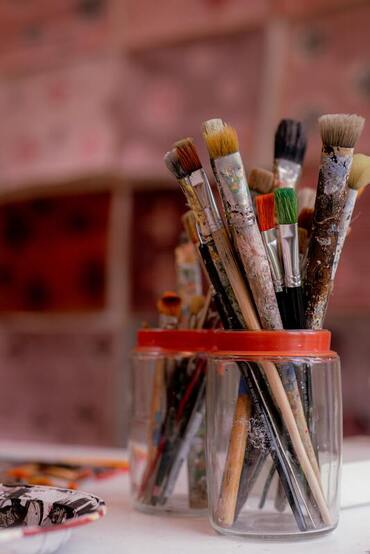 Each week we do things like:
"To pay attention, this is our endless and proper work." - Mary Oliver 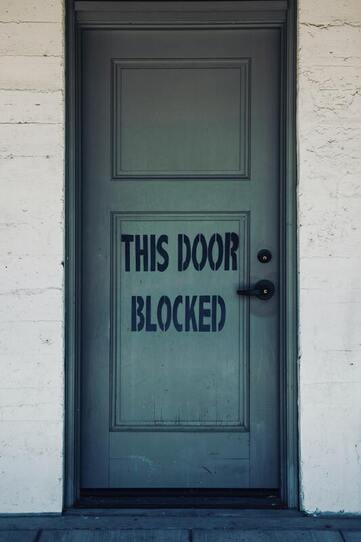 Image description: photo of a closed green door, with the words "this door blocked" stenciled in black on the lower portion Image description: photo of a closed green door, with the words "this door blocked" stenciled in black on the lower portion Resentment, anger, worry, loss of direction, the chatter of our inner critic, numbing behaviors, feelings of chronic overwhelm, painful cycles in our relationships, inability to be fully present....these can often be messengers, offering a signal that something needs our attention. Our inner world speaks to us, sounds an alarm, tells us that something inside longs to be noticed, to be witnessed, and to be offered the compassion and space to move toward healing. We already have within us all that we need to move toward wholeness and healing - curiosity, compassion, imagination, care, wisdom, love, sometimes we just need a space to clear the clutter that obscures these innate tools so that we can access them and offer them to ourselves in service of our own growth and healing. Sometimes we need intentional space where we can be supported to be brave enough to take the next steps. We can be helped in this work by a kind, compassionate guide who has been there and can offer us encouragement and suggestions. We can find courage through connecting with other real humans who are doing this work alongside us. Sometimes we need to learn to listen to our own quiet, internal voice that knows just what to do. Sometimes we need to challenge our old stories and patterns. Sometimes we need to get cozy with discomfort and engage with emotions or experiences that we've attempted to push down and bury. We can learn to be with emotions that aren't comfortable. We can learn to hold ourselves kindly and compassionately through shame, negative thoughts, fear of failure. We can challenge ourselves to take risks, to be more authentic, to offer ourselves true compassion, to create new pathways in our thinking, to notice the patterns in ourselves and our relationships, and to take next steps even when it feels scary. We can let go of anger and resentment. We can (re)learn how to show up to and be fully present in our lives. When we step into spaces where have the support we need to practice these things, our lives can begin to flow in new and exciting ways. That "stuck" feeling may begin to ease and we might begin to imagine a different way forward. "Imagination is the first step in creation."* We can be powerful agents of change in our own lives. Sometimes to create that change, we just need a place to reconnect to our imagination, to remind ourselves of our own power, and to practice and take the first steps. * "Imagination is the first step in creation." = this quote is attributed to several different people, but the 3 I see most often are Sally Clarkson, Farid F. Ibrahim, William Walker Atkinson Saying 'yes' to a Seeds of Connection group is a commitment to yourself, to your personal growth and healing, and to new practices that can shift and change how you experience your inner world and how you navigate your life.
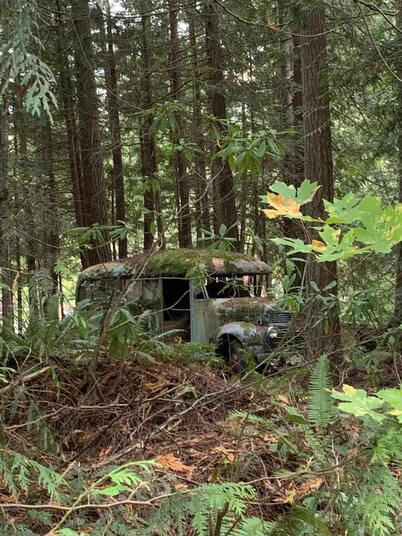 Image description: photo of an old bus or van covered in moss in the middle of a forest Image description: photo of an old bus or van covered in moss in the middle of a forest Seeds of Connection is a trauma informed group experience that uses a variety of tools to foster self-awareness and opportunities to shift toward growth, change, and healing. We use art journaling, mindfulness, poetry, somatic practices, tarot/oracle cards, peer support, and more to strengthen our connection to our inner resources. We learn to work with these tools intuitively and with courage. We use our art journals to discover new insights, and create from a place of play, curiosity, and authenticity. This process of self-exploration in community can help us uncover the wisdom that lives within, the answers we already hold, and can deepen our confidence in knowing that we are the experts in our own lives. This is not group therapy, nor is it a workshop that is just for artists or for teaching specific art techniques. It's a community for people who are interested in getting more curious about themselves and the way they navigate the world. It's a place for learning and un-learning, where we can explore connections to ourselves, each other, and the natural world. We have opportunities to explore our spirituality (outside of religion, in whatever way is right for us), our creativity, and our connections to our values around things like social justice, mental health, and community care. Each group meets online, weekly for 6 weeks. The facilitated work we do together, is intended to build skills and insight to nurture a more curious and compassionate relationship with your inner experience. Over the 6 sessions, you will discover and learn in-depth ways of using a variety of tools to explore the themes, motivations, core beliefs, and dynamics of your authentic self, and your inner wisdom. This work can help you connect with yourself in a less critical and more compassionate way. During our time together, I will guide you through these processes and support you to feel brave and resourced to make shifts in your personal beliefs and patterns, and to challenge and re-define stories imposed from your family of origin, culture, or other external sources. Every bit of our work in group sessions is rooted in consent - you choose how you participate, and your choices about your participation are always 100% ok. Making art together isn't about your skill level or a perceived "lack of talent", it's used to support you in working on letting go of perfectionism, of making new discoveries, of learning to play and try new things, of being uncomfortable, of taking next steps - even when you don't know exactly where something is going - all important skills to develop and lean into when it comes to re-writing our old stories or developing intuition and trusting ourselves. Recent research and understanding in cognitive and neurological science has shown new forms of evidence on art and the brain. Researchers have found evidence that visual art promotes health, wellness, and fosters adaptive responses to stress. My personal experience with the unique method of art journaling that I've developed is that we can make interesting and surprising discoveries and connections. Maybe you have found that logical, left-brain, or cognitive methods of working toward growth, healing, or change have not been effective. Maybe you are feeling "stuck", or like you have reached a plateau of what other methods can offer you. Possibly you want something to enhance or work with therapy work you are already doing, or maybe traditional therapy just isn't for you. This group experience may be a good fit for you if you are interested in engaging your right-brain, listening to the wisdom of your body, or just trying something new to support your healing and growth journey.
Seeds of Connection is about becoming a safe space for yourself. It's about deepening your connection to your intuition, your creativity, and your ability to move toward growth and healing by connecting to a variety of tools, techniques, resources, and topics that can support your unique journey. We hear a lot about developing more self-compassion, we are told to get better at self-care. Many of us crave creative outlets, deeper connection to ourselves, or authentic community and yet aren't sure how to access these things. Reading books or using logic, thinking, and words can only take us so far in our explorations of healing, growth, nervous system repair, shifting trauma, tapping into creativity, learning to listen to our intuition, or cultivating deeper community. At some point we need spaces to practice these things in real time, with real humans. This is the intention behind Seeds of Connection. I conceived of Seeds of Connection group spaces as a place where we can co-create authentic community, where we can intentionally choose to step more deeply into things we are learning, reading, or talking about. The container we create in these group spaces is designed to offer support, encouragement, and consent-based invitation to bravely choose to practice these things together. In my personal work with art journaling and some of the other tools that we use in group, I began to see that as I cultivated a more intentional practice of noticing connections and patterns, I began to be able to make changes and shifts in things that weren't serving me. In these groups, we learn about and practice noticing connections so that we can use the information we gather to support our own healing journey. Some links for basic info:
So much to say about these group cycles, here's a deeper dive into what goes into this creative, self-growth, & connection journey!This blog post got loooooong, so I broke into smaller segments for readability. You can read it in its entirety here, or you can jump to these bits:
Seeds of Connection is about becoming a safe space for yourself. It's about deepening your connection to your intuition, your creativity, and your ability to move toward growth and healing by connecting to a variety of tools, techniques, resources, and topics that can support your unique journey. We hear a lot about developing more self-compassion, we are told to get better at self-care. Many of us crave creative outlets, deeper connection to ourselves, or authentic community and yet aren't sure how to access these things. Reading books or using logic, thinking, and words can only take us so far in our explorations of healing, growth, nervous system repair, shifting trauma, tapping into creativity, learning to listen to our intuition, or cultivating deeper community. At some point we need spaces to practice these things in real time, with real humans. This is the intention behind Seeds of Connection. 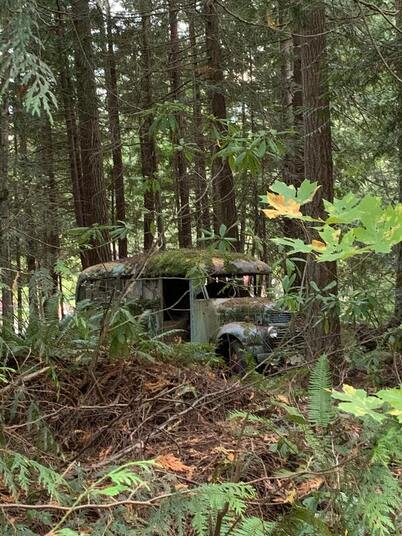 Image description: photo of an old bus or van covered in moss in the middle of a forest Image description: photo of an old bus or van covered in moss in the middle of a forest I conceived of Seeds of Connection group spaces as a place where we can co-create authentic community, where we can intentionally choose to step more deeply into things we are learning, reading, or talking about. The container we create in these group spaces is designed to offer support, encouragement, and consent-based invitation to bravely choose to practice these things together. In my personal work with art journaling and some of the other tools that we use in group, I began to see that as I cultivated a more intentional practice of noticing connections and patterns, I began to be able to make changes and shifts in things that weren't serving me. In these groups, we learn about and practice noticing connections so that we can use the information we gather to support our own healing journey. Seeds of Connection is a trauma informed group experience that uses a variety of tools to foster self-awareness and opportunities to shift toward growth, change, and healing. We use art journaling, mindfulness, poetry, somatic practices, tarot/oracle cards, peer support, and more to strengthen our connection to our inner resources. We learn to work with these tools intuitively and with courage. We use our art journals to discover new insights, and create from a place of play, curiosity, and authenticity. This process of self-exploration in community can help us uncover the wisdom that lives within, the answers we already hold, and can deepen our confidence in knowing that we are the experts in our own lives. This is not group therapy, nor is it a workshop that is just for artists or for teaching specific art techniques. It's a community for people who are interested in getting more curious about themselves and the way they navigate the world. It's a place for learning and un-learning, where we can explore connections to ourselves, each other, and the natural world. We have opportunities to explore our spirituality (outside of religion, in whatever way is right for us), our creativity, and our connections to our values around things like social justice, mental health, and community care. Each group meets online, weekly for 6 weeks. The facilitated work we do together, is intended to build skills and insight to nurture a more curious and compassionate relationship with your inner experience. Over the 6 sessions, you will discover and learn in-depth ways of using a variety of tools to explore the themes, motivations, core beliefs, and dynamics of your authentic self, and your inner wisdom. This work can help you connect with yourself in a less critical and more compassionate way. During our time together, I will guide you through these processes and support you to feel brave and resourced to make shifts in your personal beliefs and patterns, and to challenge and re-define stories imposed from your family of origin, culture, or other external sources. Every bit of our work in group sessions is rooted in consent - you choose how you participate, and your choices about your participation are always 100% ok. Making art together isn't about your skill level or a perceived "lack of talent", it's used to support you in working on letting go of perfectionism, of making new discoveries, of learning to play and try new things, of being uncomfortable, of taking next steps - even when you don't know exactly where something is going - all important skills to develop and lean into when it comes to re-writing our old stories or developing intuition and trusting ourselves. Recent research and understanding in cognitive and neurological science has shown new forms of evidence on art and the brain. Researchers have found evidence that visual art promotes health, wellness, and fosters adaptive responses to stress. My personal experience with the unique method of art journaling that I've developed is that we can make interesting and surprising discoveries and connections. Maybe you have found that logical, left-brain, or cognitive methods of working toward growth, healing, or change have not been effective. Maybe you are feeling "stuck", or like you have reached a plateau of what other methods can offer you. Possibly you want something to enhance or work with therapy work you are already doing, or maybe traditional therapy just isn't for you. This group experience may be a good fit for you if you are interested in engaging your right-brain, listening to the wisdom of your body, or just trying something new to support your healing and growth journey. "To pay attention, this is our endless and proper work." - Mary Oliver 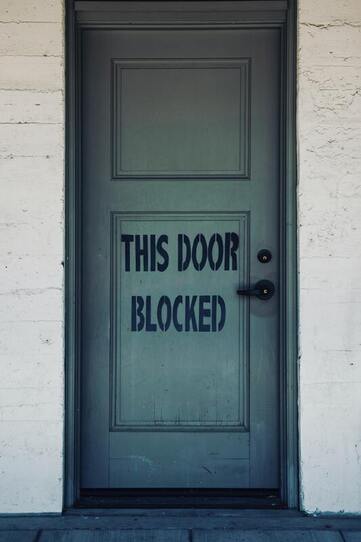 Image description: photo of a closed green door, with the words "this door blocked" stenciled in black on the lower portion Image description: photo of a closed green door, with the words "this door blocked" stenciled in black on the lower portion Resentment, anger, worry, loss of direction, the chatter of our inner critic, numbing behaviors, feelings of chronic overwhelm, painful cycles in our relationships, inability to be fully present....these can often be messengers, offering a signal that something needs our attention. Our inner world speaks to us, sounds an alarm, tells us that something inside longs to be noticed, to be witnessed, and to be offered the compassion and space to move toward healing. We already have within us all that we need to move toward wholeness and healing - curiosity, compassion, imagination, care, wisdom, love, sometimes we just need a space to clear the clutter that obscures these innate tools so that we can access them and offer them to ourselves in service of our own growth and healing. Sometimes we need intentional space where we can be supported to be brave enough to take the next steps. We can be helped in this work by a kind, compassionate guide who has been there and can offer us encouragement and suggestions. We can find courage through connecting with other real humans who are doing this work alongside us. Sometimes we need to learn to listen to our own quiet, internal voice that knows just what to do. Sometimes we need to challenge our old stories and patterns. Sometimes we need to get cozy with discomfort and engage with emotions or experiences that we've attempted to push down and bury. We can learn to be with emotions that aren't comfortable. We can learn to hold ourselves kindly and compassionately through shame, negative thoughts, fear of failure. We can challenge ourselves to take risks, to be more authentic, to offer ourselves true compassion, to create new pathways in our thinking, to notice the patterns in ourselves and our relationships, and to take next steps even when it feels scary. We can let go of anger and resentment. We can (re)learn how to show up to and be fully present in our lives. When we step into spaces where have the support we need to practice these things, our lives can begin to flow in new and exciting ways. That "stuck" feeling may begin to ease and we might begin to imagine a different way forward. "Imagination is the first step in creation."* We can be powerful agents of change in our own lives. Sometimes to create that change, we just need a place to reconnect to our imagination, to remind ourselves of our own power, and to practice and take the first steps. * "Imagination is the first step in creation." = this quote is attributed to several different people, but the 3 I see most often are Sally Clarkson, Farid F. Ibrahim, William Walker Atkinson Saying 'yes' to a Seeds of Connection group is a commitment to yourself, to your personal growth and healing, and to new practices that can shift and change how you experience your inner world and how you navigate your life. How? What is it that we actually DO in each group session?Each week we do things like:
We do not become healers. We came as healers. We are. Some of us are still catching up to what we are. We do not become storytellers. We came as carriers of the stories we and our ancestors actually lived. We are. Some of us are still catching up to what we are. We do not become artists. We came as artists. We are. Some of us are still catching up to what we are. We do not become writers, dancers, musicians, helpers, peacemakers. We came as such. We are. Some of us are still catching up to what we are. We do not learn to love in this sense. We came as Love. We are Love. Some of us are still catching up to who we truly are. -Clarissa Pinkola Estes Who is in these groups?I've been asked many times, "What kinds of people sign up for Seeds of Connection groups?" and it has been a challenging question for me to answer. There is an incredible amount of diversity in our groups - the ages range from late 20's up to mid 60's. Some are parents and moms, and some are child free by choice. Groups have included women and non-binary folks, straight people, queer people, single people, married people, people practicing polyamory, and those single by choice. We have folks in group who spiritually identify as pagan, Christian, exvangelical, atheist, and more. Some group members have done many groups with me, some are brand new. There are people who are artists with formal art training, or who art journal regularly, and there are people who describe themselves as "terrible" at art. The diversity of our group spaces is something I really love and celebrate! When I considered what the common thread might be what I came up with is that most of the people who come into these group spaces are people who are longing to go deeper in some way. Current and previous group members are people who want to:
Participant ArtImage description: photos above show participant art - watercolored image, marker drawings, collage of paper or magazine photos More about me and how I show up as your facilitator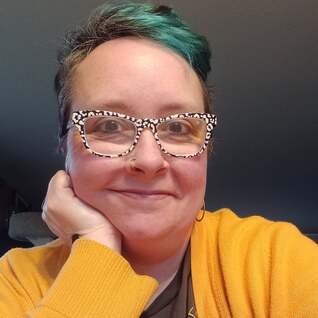 Image description: photo of Crystal, wearing glasses, she has blue hair and a yellow sweater and is smiling at the camera Image description: photo of Crystal, wearing glasses, she has blue hair and a yellow sweater and is smiling at the camera Who am I and what do I bring to this work? I'm Crystal (she/her), I'm an artist, listener, and community builder. I've been a peer group facilitator for almost 10 years, supporting people through many of life's transitions through group work. Many of the tools I bring to group work were developed through my own mental health journey and through deconstruction of 30 years inside Christian evangelical fundamentalism. After years of my religious experience and the broader culture telling me not to listen to my intuition, I began to work with tarot/oracle cards to nurture my intuitive nature. As I navigated moving through and out of a season of deep depression, I started using art journaling to explore my feelings and work on letting go of perfectionism. I have extensively studied - both self study, and community courses - and personally practice or use: Hakomi, mindfulness, social justice/anti-racism/human liberation work, trauma and trauma informed practices, somatics, Internal Family Systems (IFS or "parts work"), therapeutic art, neurological and nervous system theory. What I have discovered is that we as humans are inherently wise, capable, creative, and deeply intuitive; that we live in systems that benefit from these inherent skills and tools being "forgotten" or "buried"; and that with support and intention we can uncover and rediscover all the ways that we can move ourselves toward wholeness and healing. I deeply believe in the power of human attention and in each person's unique, autonomous journey in discovering themselves. I believe community care is self-care and vice versa. I believe that we as humans are powerful self-healers, and that healing in community can be a meaningful and impactful experience. I have seen that cultivating creativity, and learning to hold space for my emotions has allowed me to step more deeply into social justice and anti-racism work. I choose to live out my values by creating spaces where we can bring all of these threads together in service of our personal and community healing. I see myself as a peer facilitator, constantly learning and growing right alongside the folks who choose to do these groups with me. Read more about me here. Some links for basic info:
Art journaling can be fun, simple, and easy to get started!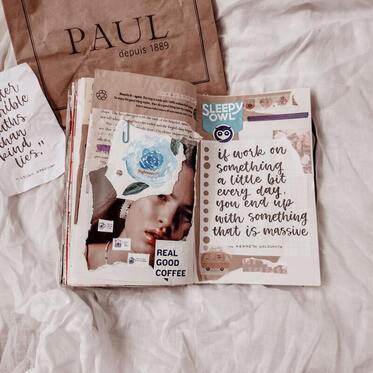 Art journaling doesn't have to be expensive or overwhelming! Art journaling can be a fun way to get creative and to explore your thoughts, dreams, and growth journey. It can be a way to record your day-to-day activities, or a place to dive into words and images in a new and fun way! Simply put, art journaling is very like keeping a written journal, it's just done visually with color, images, art, collage, and more! I think art journaling can be accessible and super easy to get started. Like anything, capitalism has figured out how to package everything up and sell it back to us, and to convince us that we need to spend a lot or have a big pile of supplies just to enjoy something. I'm going to share some ideas about art journal supplies that can get you started with what you've already got at home! Maybe you have a little bit of a budget to purchase some supplies, and that's great! But if you want to explore art journaling without breaking the bank, here are some basics for you. Look through your kids' crafty supplies, dig in your junk drawer, pull out that old scrapbooking stuff....give the artful things you already have new life in your art journal! First things first: you'll need some kind of journal.This can be ANY kind of book, journal, spiral bound art paper, notebook, etc. that can be used for your artful explorations! It's ok if it has lines. It's ok if you already took notes from your wolverine training class in parts of it (this can actually become part of an art journal "spread" later!) If the pages are thin, you can glue multiple pages together in order to create a thicker page to hold wet media like watercolors or collage. There are ways to make ANYTHING work!
The fun stuff: art-y supplies!!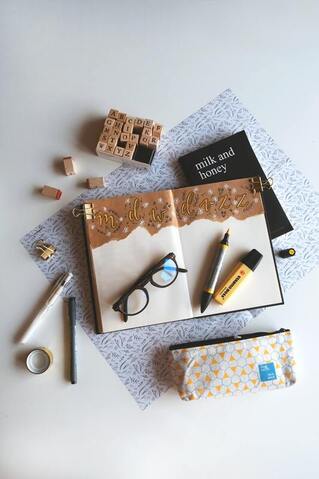 Firstly - this category can feel overwhelming because there is SO MUCH fun stuff we could work with!! Remember that you DO NOT NEED ALL these things! But you may have more than you think just by poking around your house. Many people who participate in my Seeds of Connection groups do so with just a very basic notebook or paper + colored pencils or markers. It's ok to keep it simple, and dive right into the fun of art journaling! The very basics: * scissors * glue, tape or glue stick * pens that you like to write with (gel pens, black Sharpie, your favorite Bic, any of these will work, just something that writes smoothly and makes you happy!) * colorful art medium of some kind: markers, crayons, colored pencils, pastels, paint, watercolors, or anything else that you enjoy working with Other supplies that can be fun (and are completely optional): * stamps & ink * stickers * ribbon or string * Mod Podge or matte medium * washi tape * decorative papers (like for scrapbooking or origami) * stencils Household supplies/items that can also be fun (and optional!): * bubble wrap * old magazines * collage-able things like: junk mail, old photos, greeting cards, images printed from online or cut out of old books * items for making marks/prints: comb, old toothbrush, mesh wrap from fruit/veggies, cardboard tube, eraser on a new pencil, plastic wrap, corks Optional, but FUN! Oracle or Tarot cards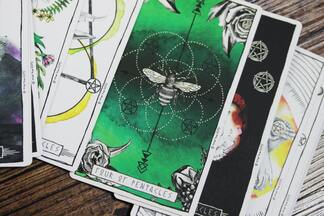 In my personal work with an art journal, I've found that using tarot or oracle cards can be a really fun way to take deep dives into a variety of topics. In my Seeds of Connection groups, we pull a card from one of my many decks each week and we discuss the theme of that card and then create art based on that card/theme. It's a really fun process that can lead to interesting and surprising discoveries! The very short version of this method is to begin by grounding yourself with a bit of breathing or mindfulness. Shuffle your deck and invite curiosity and discovery to join you in your art journaling process. Pull a card at random and lay it in front of you. Take a good, long look. What do you notice about the artwork? What are the initial thoughts or feelings that come for you when you see this card? What does the theme or subject of the card mean to you? Take a few minutes to journal some of your thoughts if you want to, and then move into art'ing using this theme as your guide. It's not about re-creating the art from the card (although that may happen), but about exploring the theme and "following the breadcrumbs" of what wants to be created from your thoughts, feelings, and associations with this card. All about art journaling - some resourcesLearn more and get ideas for what art journaling can be! Take a look through some of these links. But remember: we are start somewhere! Don't get overwhelmed. Art journaling really just starts with drawing, painting, writing, or gluing something into your journal, it doesn't have to be fancy. Your skills, satisfaction, and creativity will GROW with every page you create and every mark you make! Some of my favorite resources for art journaling supplies & ideasRemember! You don't NEED to purchase lots of stuff, and don't get too bogged down in endless scrolling rather than actual art journaling. But here are some links to folks I have purchased from or who I follow and regularly learn from.
Got any great tips for art journaling on a budget? |
AuthorIt's me, Crystal. I need a place to put all my extra words. Archives
March 2023
Categories |
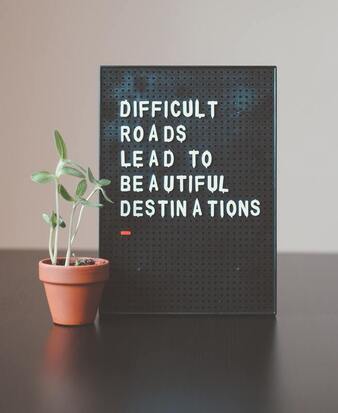
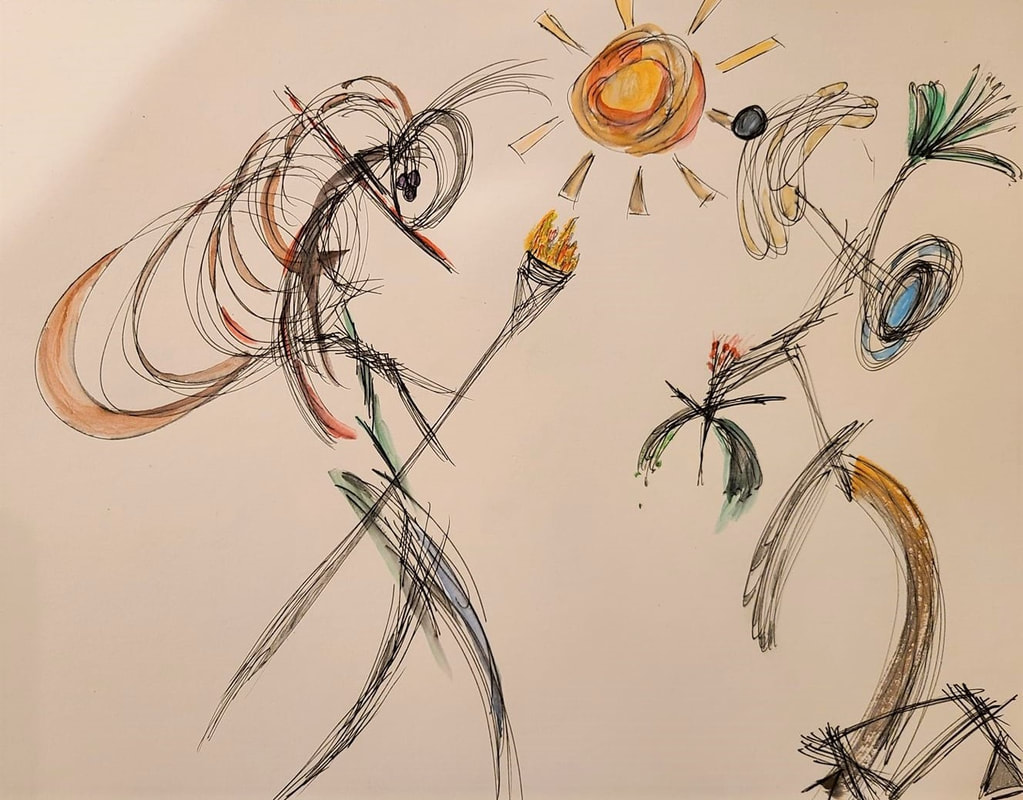
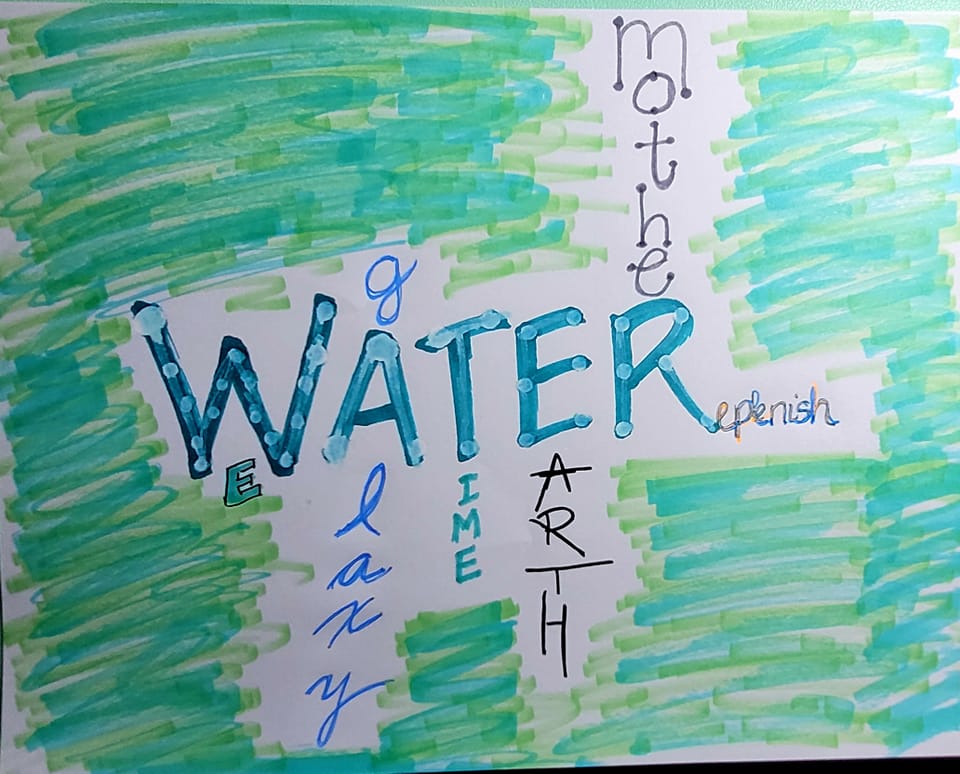
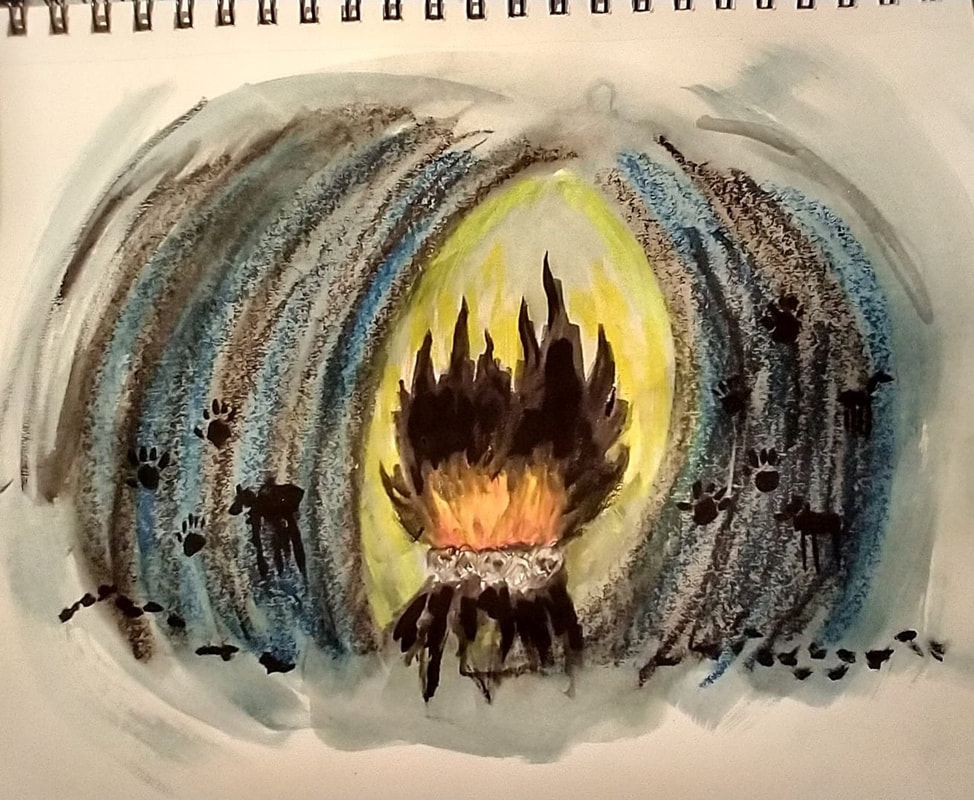
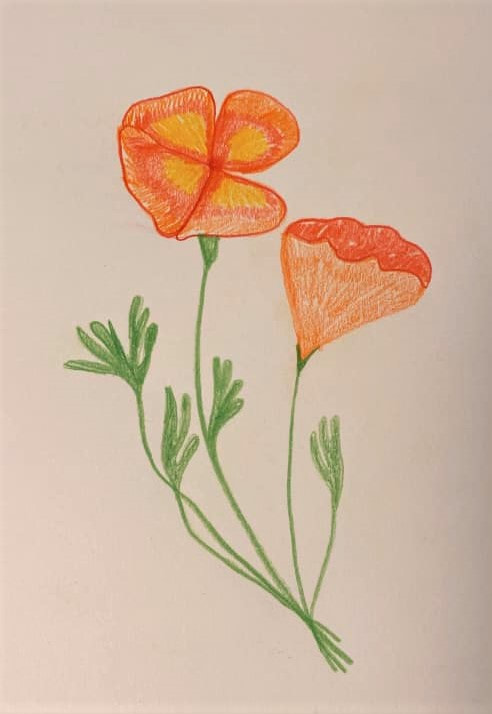
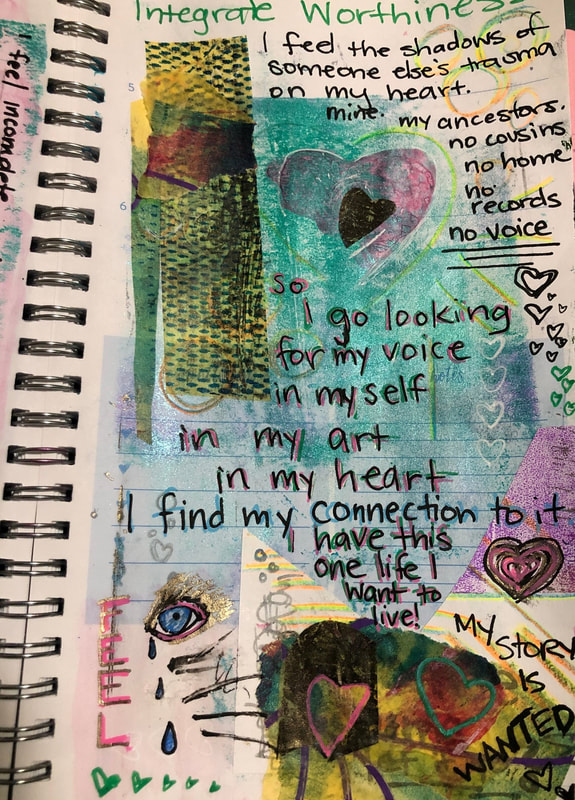
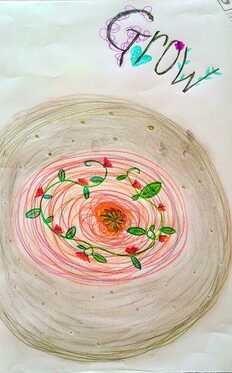
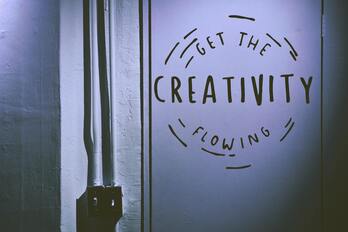
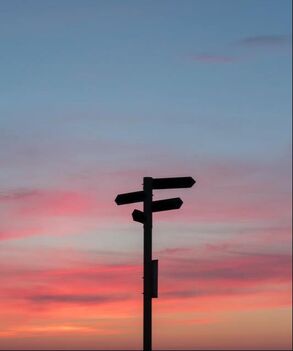
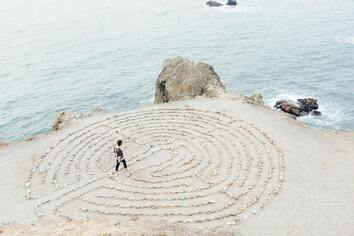
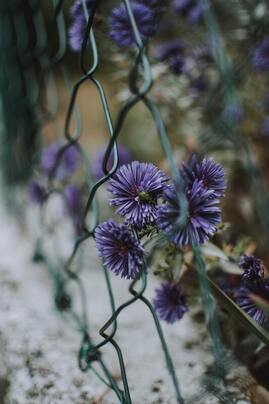
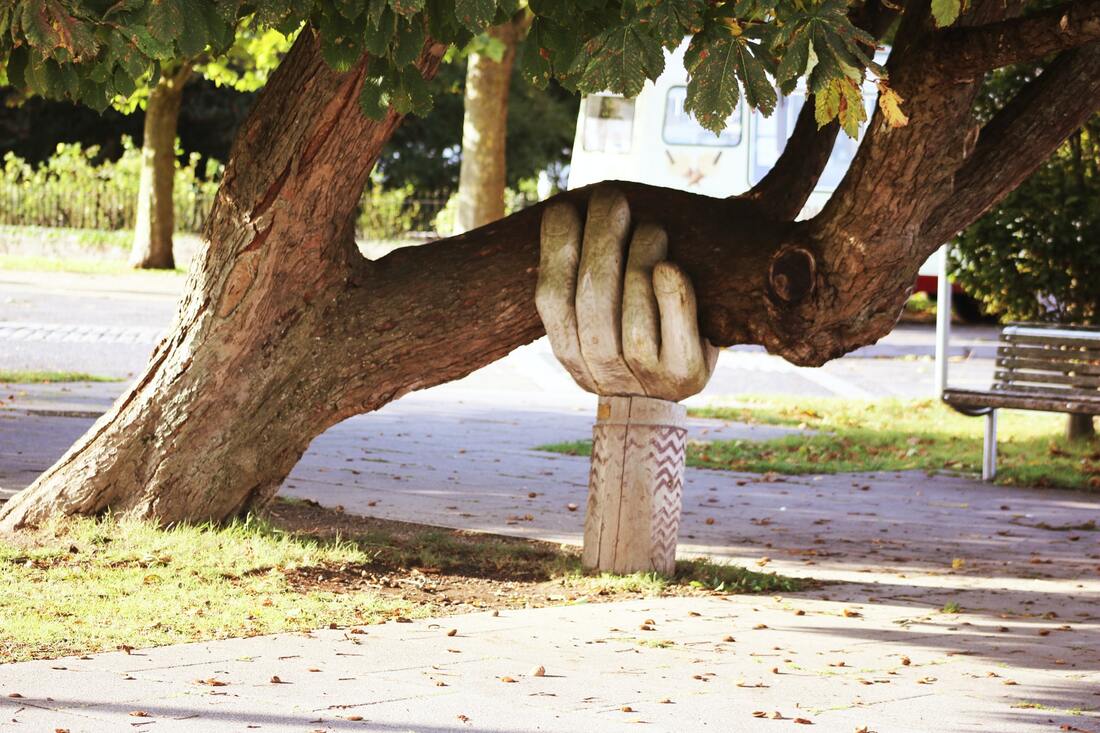
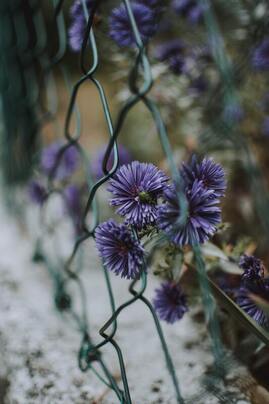
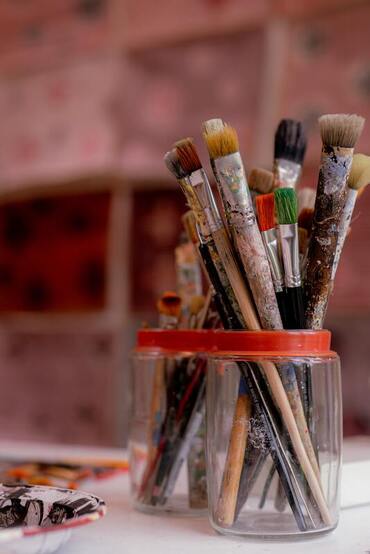
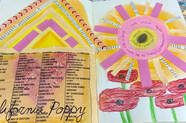
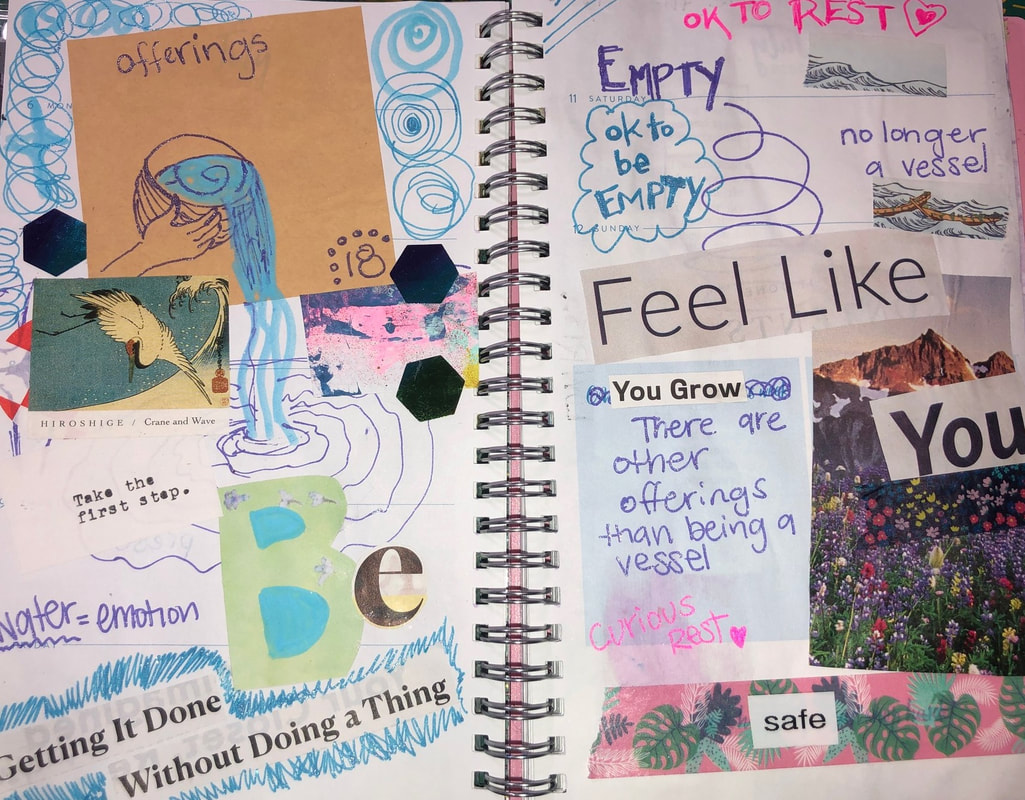

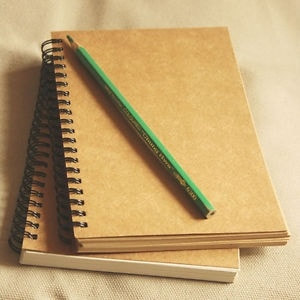
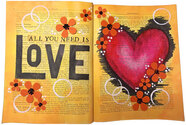
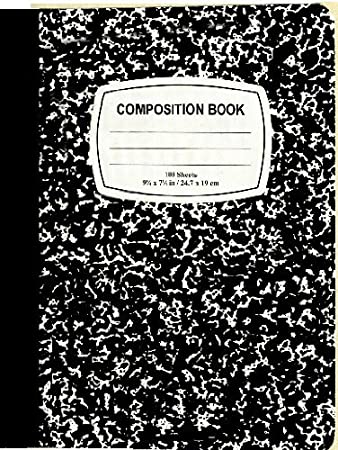
 RSS Feed
RSS Feed
